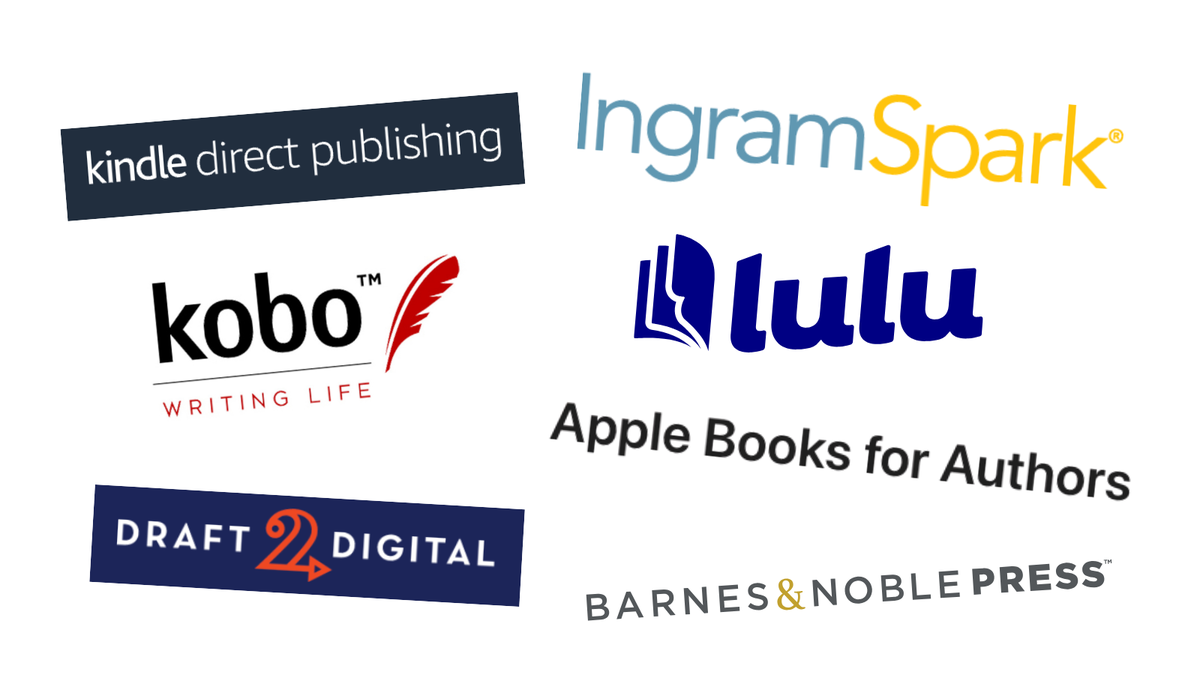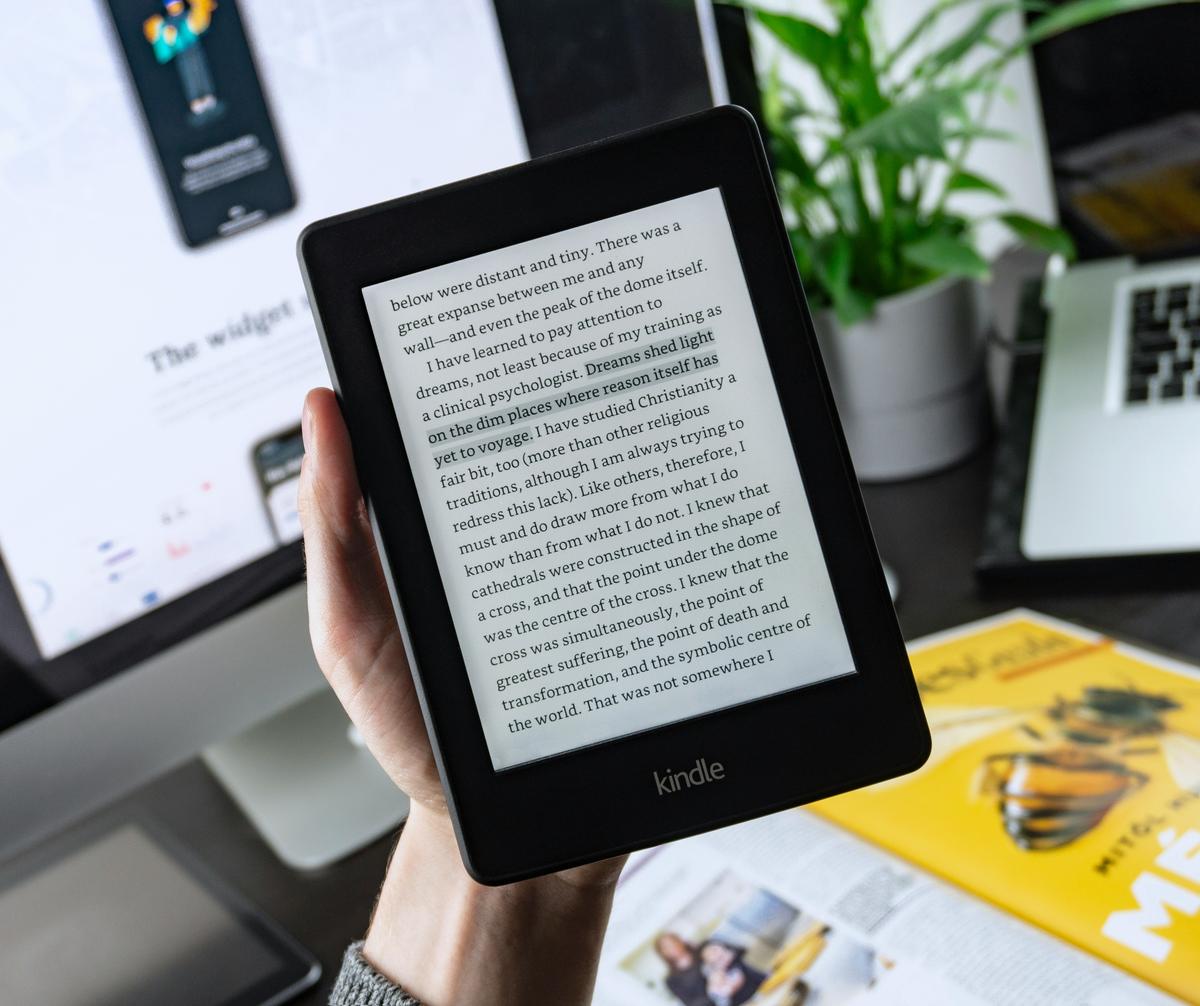
14th March, 2023
6 min read
How long does self-publishing take?
Written by:
Jane Rowland
Ever wondered how long it takes to go from typing 'The END' to getting copies of your self-published book printed and available for sale? This article answers your questions about ‘How long does self-publishing take?’, demystifies the production stages and offers some tips for making this process smoother and hassle-free. There are several stages that a book needs to pass through to get to print.
At Troubador these stages include the final quality checks carried out by our production team as well as set up > editing > typesetting (laying up of the text) > front and full cover design > proofing > final checks and sign-off by the author > printing.
The average time for a book to travel through all these stages with us is between 12-16 weeks. However, this can be quicker (depending on the book, your chosen services, and your own turnaround times) or longer (especially if you are having both a copy edit and a proofread, during which the book will be carefully read and marked up for errors by one of our editorial team during production). If you are using a more DIY self-publishing platform such as Amazon’s KDP or Ingram Spark, you are responsible for doing all of the stages to get the book ready for publication and file upload, so the timescale for how long self-publishing takes will be dictated by the time it takes you to format, prepare and upload your manuscript.
The self-publishing process will still require you to edit and format your book (perhaps using templates downloaded from a DIY platform), design and create covers and upload files, order proof copies and perhaps update files once those proof copies have been delivered. If you are self-publishing using a DIY platform and formatting your own book, it is especially important to take time to understand what book layup conventions are; how title pages, preliminary pages and chapter pages look in the books you’ll find in bookshops, and to make sure you have sensible margins and the right fonts that suit the style and genre of book. Book design is a skill, so before you jump into doing your own, become familiar with how books look and feel. In terms of how long self-publishing takes, there is no real advantage in rushing to publication. Take the time to make sure your book is as well-edited and as well-formatted as it possibly can be before publishing. How long does self-publishing take? A quick overview of the self-publishing production timeline and process with Troubador.
Stage 1 – you will meet your Production Controller, who will manage the entire production process for you.
Stage 2 – if you are having a copy edit, the manuscript will first be allocated to a copy editor, who will check for consistency and mark up any errors. This happens before we do any design and layout work on the text.
Stage 3 – if there is no copy edit, or after the copy edit has been completed, we next create a style proof. Using Adobe InDesign (industry-leading book publishing software), we design the style – font, margins, headings, text layout – for your book at the agreed size, and lay out the first few chapters. We then send this to you for approval. If you wish to make changes to the design, then we amend the style proof until you are happy to sign this off.
Stage 4 – the cover design process starts once the designer receives your completed cover ideas form. The cover design process continues alongside the production of the inside text.
Stage 5 – once the text style proof has been approved by the author, the entire manuscript is typesetted (formatted and laid up) to that agreed style.
Stage 6 – the typeset proofs are sent to you to check (and if you have opted for a proofread, also to the Editor, who will be proofreading the book).
Stage 7 – we make any proof corrections indicated by you / the proofreader to the typeset proofs and send you a corrected set of proofs for checking.
Stage 8 – we allow three sets of text proof amendments to be made as part of the production process, so we continue to send amended proofs to you until (a) you sign them off as ready to print, or (b) we reach the 3-proof limit, at which point we will either charge for more proofs or ask you to sign them off as they are.
Stage 9 – once you’ve agreed the proofs are ready for print, we ask you to sign a 'Pass for press' form; we then carry out quality checks on the print files before sending them to the printer.
Stage 10 – printing. Having copies printed upfront can take from 2-4 weeks (depending on the printer and the type of book and materials being used). We notify you when the books are ready for delivery. As you can see, the production process at Troubador is designed to create a beautiful and high-quality book – with your named Production Controller managing the processes at all stages, keeping the project on track while being there to support and advise you at each step.
No matter how you choose to self-publish your book – by doing everything yourself or by using a full-service company like Troubador – there are several clearly defined stages. How long self-publishing takes will depend on how you self-publish, but there are some things you can do to help the process. Here are our top tips for actions you can take to speed up the self-publishing process:
- Ensure that your final manuscript is the final manuscript. You want to avoid rewrites and additions when the book has been formatted (typeset). It’s really tempting to start tweaking the book when you proofread a laid-up copy – but all editorial changes should have been made before this point, so give that final manuscript a final and thorough read before formatting starts.
- At the proofreading stage, you are looking for errors that have been introduced by the typesetting (layout) process (hanging sentences, non-indented first lines, missing speech marks), etc., rather than amending the story or plot.
- If you are using images, and someone is doing the layout for you, supply images as separate files at the right resolution (dpi – dots per inch) and clearly labelled (Fig 1, Fig 2, etc.), and ensure that your manuscript indicates where each figure should go in relation to the text – and include a clear caption for each image. This saves substantial amounts of time at the page layout stage. If you are doing your own layout, make sure your graphics are at the correct resolution and are ready to use.
- The author deciding to remove or add chunks of text or images after layout can involve a significant amount of work at the page layout stage – causing more delay and more checking (and more time, which can result in more cost).
- If your book has an index, do not prepare this until the text has been laid out, proofread and completed. Any changes will alter the position of a word on a page and may push a sentence forward or back a page, thus changing the page numbering. Only prepare the index once the rest of the text has been finalised; it can then be added at the back of the book.
- Check that you have permission to reproduce images, song lyrics and others’ work in your book. Always obtain copyright permission before a book is laid out, to avoid re-editing should permission not be granted.
By paying attention to these details, you can speed up how long your self-publishing project will take. There is a balance to be struck when it comes to How long self-publishing takes. In summary, while the production of a book can be done very quickly indeed, there is a big difference between a quality book and one that has been created in a hurry and does not have the ‘feel’ and ‘look’ of a real book, or one that has not been checked or given that final polish.
Too many DIY authors fail to pay sufficient attention to page layout and design, which is an art in itself; one reason why many self-published titles just don’t look right. Using a professional book production team such as that at Troubador not only ensures that you get a quality book at the end of the process, but also get advice based on many years of experience, giving your publishing project the best start in its life.












